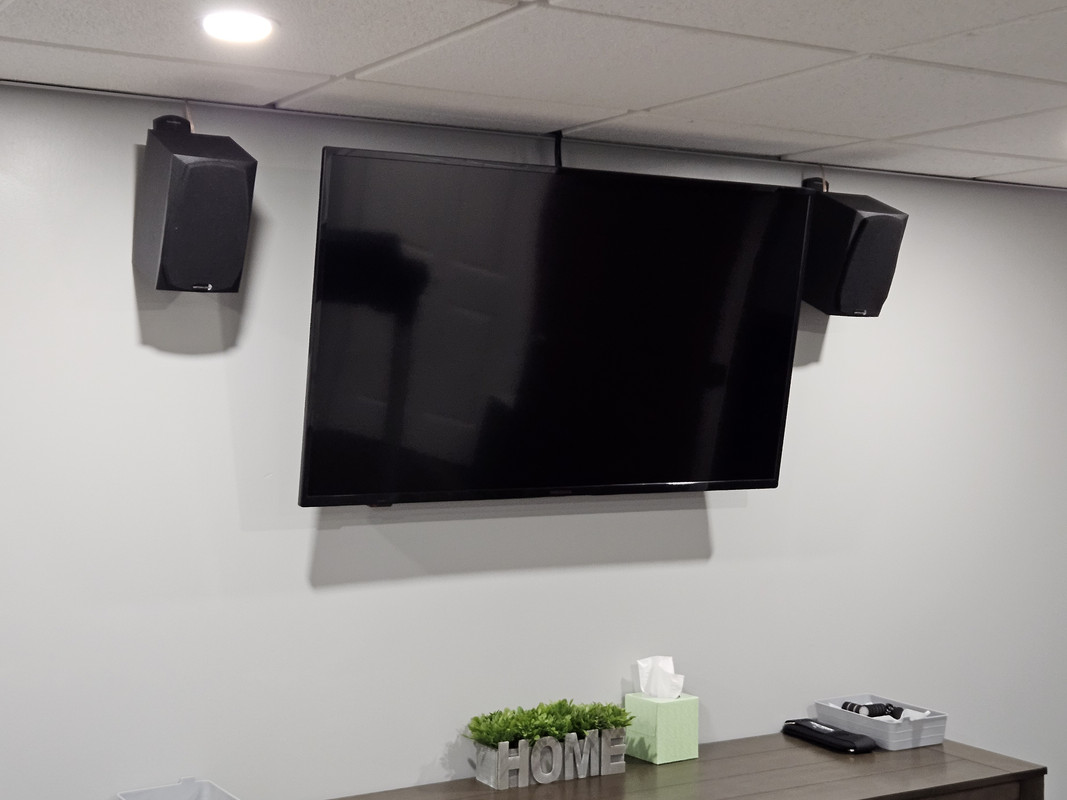MudFlap
Pursuit Driver
A little better explanation on last night's comments, I was...ummmm...busy.
The sub in the first bundle cptlo posted is a passive (meaning it needs an external amp) sub that uses 4, 4" drivers. I have one, the sound is very pleasant but it's extremely limited. Firstly, it only goes down to 40 hz. While that's somewhat sufficient for adding lower end to music, a home theater sub should go as close as possible to 20 hz for the LFE (Low Frequency Effects). LFE is the bombs exploding, T-Rez walking, J-Man farting, etc. Home theater recievers usually boost the LFE frequencies by around 10db to enhance the boom booms and such, so you need a sub that will handle it.
Having such small drivers, the passive sub relies on excursion instead of surface area to move air. Meaning, those little woofers are really pumping even at moderate volumes, and they bottom out very easily as the volume goes up. These are good for music in an office or bedroom, but they won't produce nearly enough volume for movies or in larger rooms without over-excursing (bottoming out). And that sounds bad, very bad! Not to mention that the speakers wouldn't last long under that abuse.
So the bundle with the 10" powered sub is a much better choice. Their 12" sub would be even better. While the Dayton subs are not high-end, they are very respectable budget subs, and they have a reputation for being reliable. I hace one at my office and it serves just fine.
As to the question or towers vs bookshelf speakers...either would do the job since you'll be using a sub for the bass. But the towers will play a bit louder and the bass is considerably better becuuse it is a Transmission Line design. And you won't need stands, where you might with the bookshelf speakers if you can't set them on the TV table.
Transmission Line Speaker https://en.wikipedia.org/wiki/Transmission_line_loudspeaker
We don't believe you.








